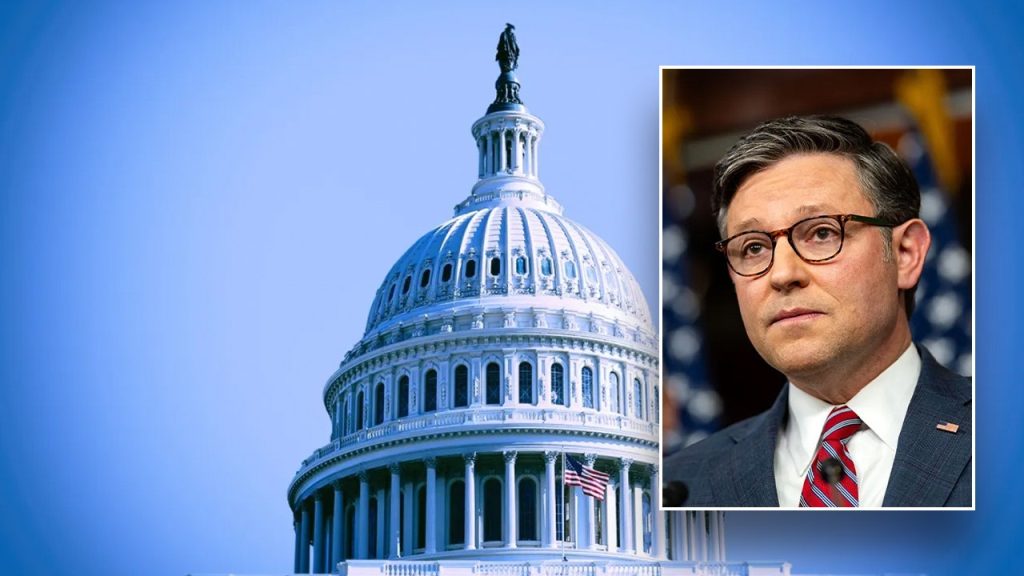The eleventh hour saw the House of Representatives successfully pass a bill to prevent a partial government shutdown, just hours before the midnight deadline. The bill, requiring a two-thirds majority, sailed through with a resounding 366-34 vote, securing overwhelming bipartisan support. This legislative victory follows a turbulent week that witnessed the collapse of two previous attempts to resolve the funding impasse. The initial bill, a bipartisan product of negotiations between top Congressional leaders, was torpedoed by President-elect Trump and his allies, who objected to various provisions they deemed extraneous. A subsequent, more streamlined bill, endorsed by Trump, also failed to garner sufficient House support, setting the stage for a frantic search for a viable solution.
The final, successful bill represents a significant departure from the earlier proposals. Notably, it omits any action on the debt limit, a key demand of President-elect Trump and a major sticking point in the previous negotiations. While the initial bipartisan bill addressed the debt limit, coupling it with a continuing resolution (CR) extending government funding, this strategy ultimately proved unsuccessful. The second attempt, also incorporating a debt limit provision, was similarly rejected by the House. The ultimate passage of the CR-only bill suggests a strategic retreat on the debt limit issue, at least for the immediate future.
The approved legislation extends current government funding levels until mid-March, providing a temporary reprieve while lawmakers continue to grapple with longer-term budgetary challenges. The inclusion of over $100 billion in disaster relief aid, covering victims of storms Helene and Milton and providing assistance to the agriculture industry, proved crucial in securing broad bipartisan support. This targeted aid addresses pressing national needs, offering tangible benefits to communities impacted by natural disasters and bolstering the agricultural sector.
The legislative maneuvering leading to the bill’s passage highlights the complex dynamics at play. Speaker Mike Johnson employed a procedural tactic known as “suspension of the rules,” bypassing regular House procedures to expedite a chamber-wide vote. This maneuver, while efficient, carries the higher hurdle of a two-thirds majority for passage, underscoring the necessity of bipartisan cooperation. The success of this strategy suggests a degree of consensus among House members, transcending partisan divides to address the urgent need to avert a government shutdown.
The behind-the-scenes negotiations played a pivotal role in shaping the final outcome. Reports suggest that Speaker Johnson engaged in discussions with House Minority Leader Hakeem Jeffries, seeking to secure Democratic support for the revised bill. These bipartisan efforts appear to have been instrumental in achieving the two-thirds majority required for passage. Furthermore, President-elect Trump’s conspicuous silence on the final measure was interpreted by many House Republicans as tacit approval, potentially influencing their votes.
Looking ahead, the bill now moves to the Senate, where its fate remains uncertain. While President Biden has indicated his willingness to sign the bill into law, its passage in the Senate requires navigating its own set of political complexities. Moreover, the unresolved issue of the debt limit looms large, posing a significant challenge for lawmakers in the near future. Speaker Johnson’s pledge to address the debt limit early next year, as part of a broader Republican policy and spending overhaul, signals a commitment to confront this crucial fiscal matter, although the specific details of this plan remain to be seen. The looming national debt, exceeding $36 trillion, and the substantial deficit of over $1.8 trillion, further underscore the urgency of addressing the nation’s fiscal health. The successful passage of the short-term funding bill provides a temporary respite, but the path forward requires navigating complex political and economic terrain to achieve long-term fiscal stability.

